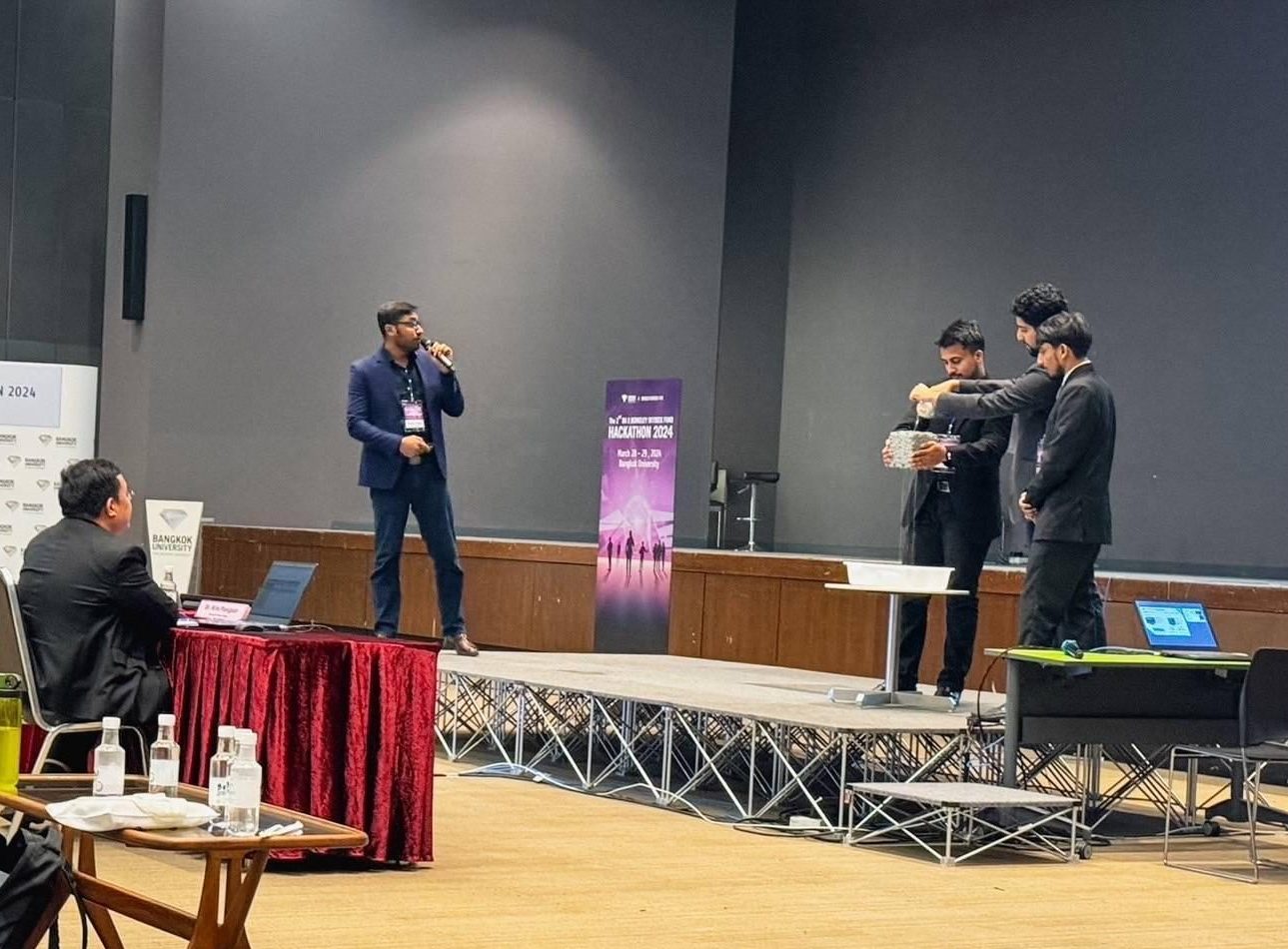
publications and international doctorate degrees.Overall, AIT received a total of eleven “A” scores out of the 31 criteria, “placing it among the top 12% of the institutions that show a broad range of very good performance,” U-Multirank said.
AIT topped the table of five participating universities in Thailand, and was ranked 15th out of 202 selected universities in Asia.Occupying an independent postgraduate niche, AIT was previously excluded from all major world university rankings because it is not a comprehensive university and does not operate under the ambit of any country. For the first time in its history, AIT was invited to participate in a major international university ranking.“We are relieved that U-Multirank has affirmed our core internationality as second to none in the world,” AIT President Prof. Worsak Kanok-Nukulchai said.
U-Multirank is a new independent ranking of higher-education institutions, supported by the European Union. It applies a methodology that reflects both the diversity of higher-education institutions and the variety of dimensions of university excellence in an international context.
“It is more comprehensive and user-driven than any existing ranking,” U-Multirank says on its website, “showing more clearly the performances of a much wider range of universities and their potential to contribute to growth and jobs.”
Though AIT President Prof. Worsak Kanok-Nukulchai deemed AIT’s global number one ranking as “remarkable”, he hastened to add that the result was not entirely unexpected.
That’s because since its founding in 1959 as the SEATO Graduate School of Engineering by a Royal Decree of His Majesty King Bhumibol Adulyadej, the Asian Institute of Technology has provided higher education in English with an Asian focus and global
perspective.
Its mission is “to develop highly qualified and committed professionals who play a leading role in the region’s sustainable development and its integration into the global economy,” and its moto states: “At the service of Asia, serving the world.”
Tucked into Thailand Science Park in Pathumthani province, AIT’s 130-hectare campus has long been a magnet for outside engagement in academics, research, and professional development. Here, the ebb and flow of daily student life is geared toward international sports, food and cultural activities which underscore a cosmopolitan worldview that very few schools can match.
Master’s and doctoral degrees awarded by AIT are recognized and validated across the world and are the cornerstone of a well-earned reputation for producing global leaders, such as the current Governor of the Bank of Thailand and Premier of Taiwan.
But even though it was heralded as one the Asian region’s most internationally-focused institutes – where 70% of its current graduate students hail from outside Thailand – AIT never had objective proof to back up the claim. That is, until now.
AIT administrators believe opening their institute to outside expert scrutiny by participating in the world’s recognized university rankings will enable it to identify quantifiable benchmarks to inform its strategic development.
For example, in research, although disadvantaged by the small size of its faculty, AIT received a top score in the ‘size-normalized research publication’ category. Among the 13 universities in ASEAN that participated in U-Multirank, the institute was alone in earning a top grade for international joint publications.
President Worsak remarked that the results allow AIT to understand its strengths and weaknesses. He cautioned that AIT may need to live with some weaknesses that cannot be overcome due to its modest size or some special characteristics which define its uniqueness from other conventional universities.
“AIT will continue to enhance its core strengths, such as our research focus and international orientation, to which no other universities in Asia come close,” President Worsak said.
For now, though, this home to technology, engineering, resources and development and management scholars hosted in the Kingdom and named after Asia can rightfully lay claim to being the world’s most international higher-education institution.









